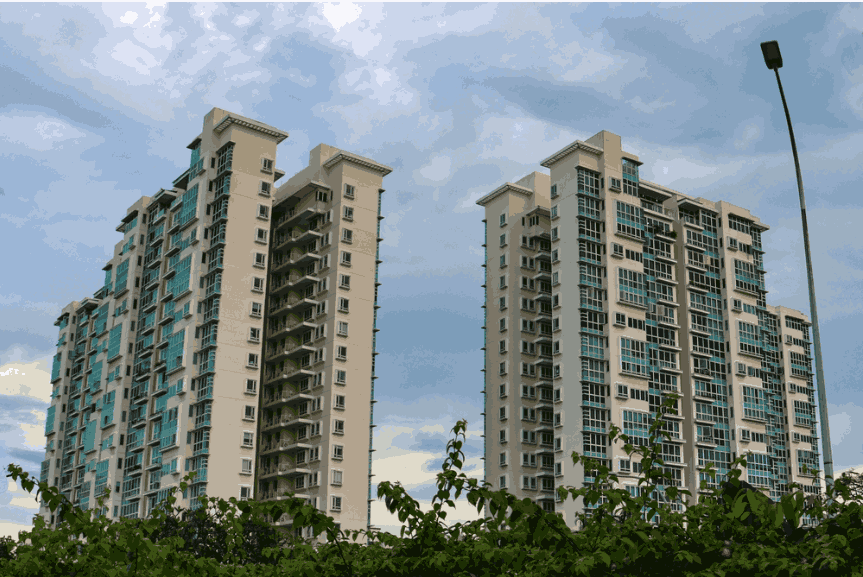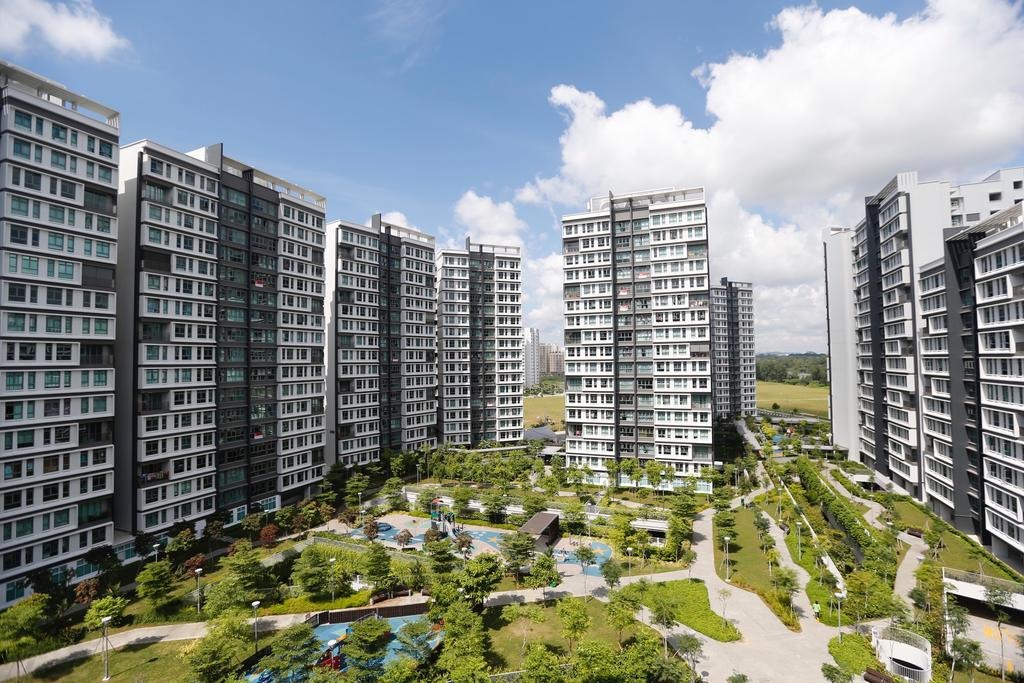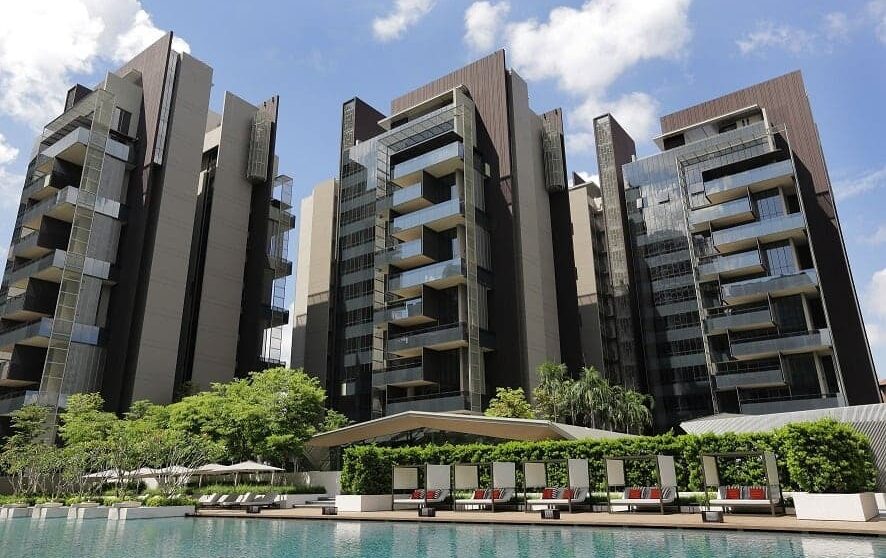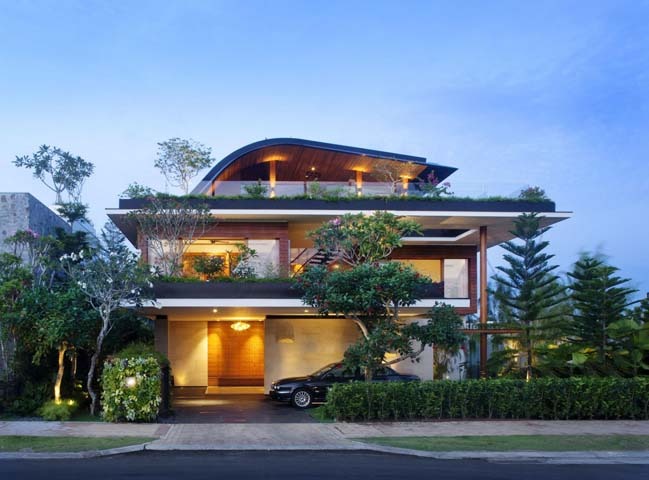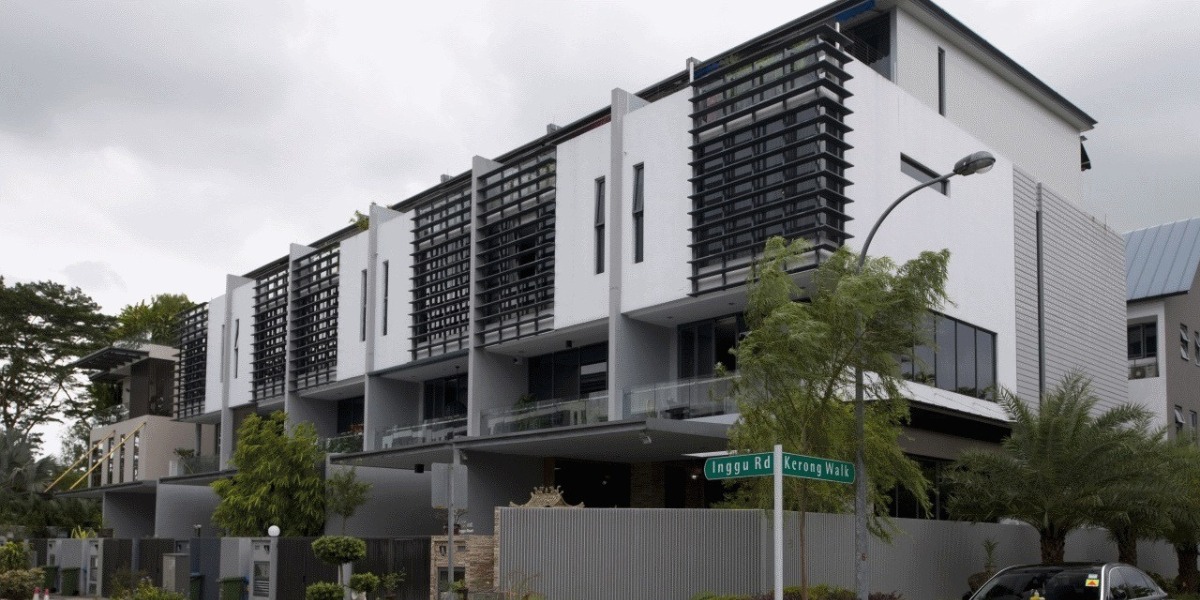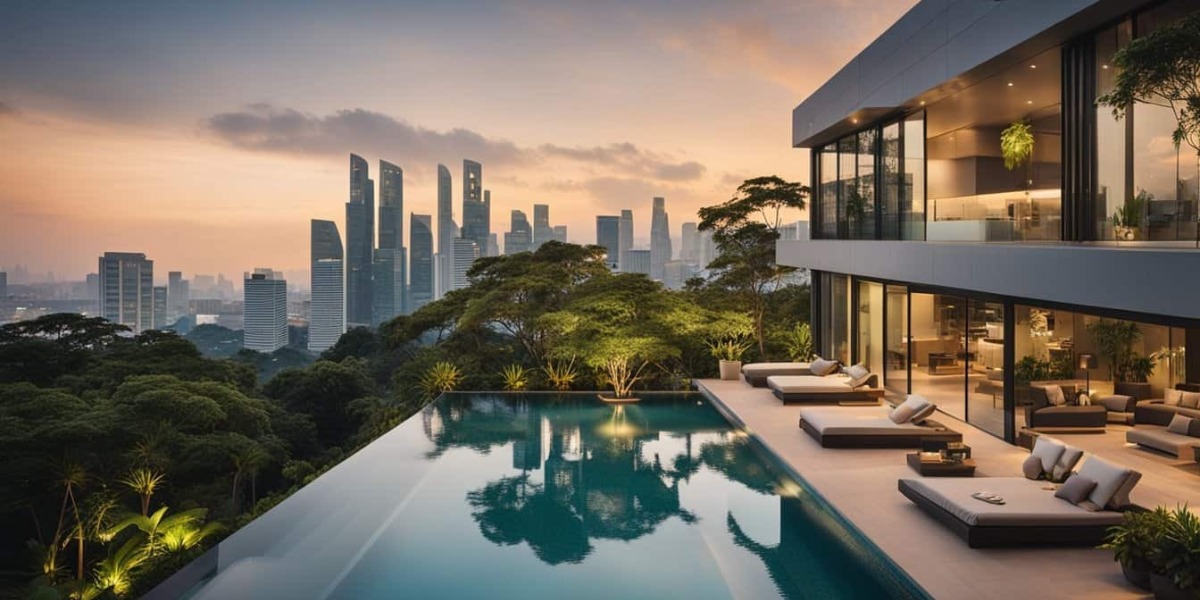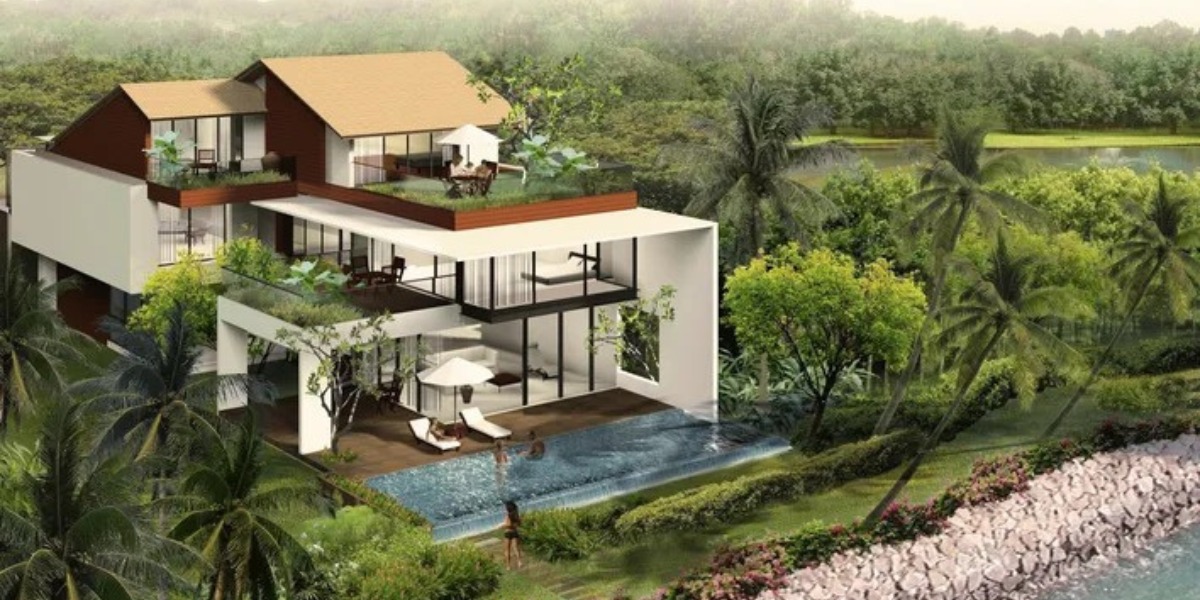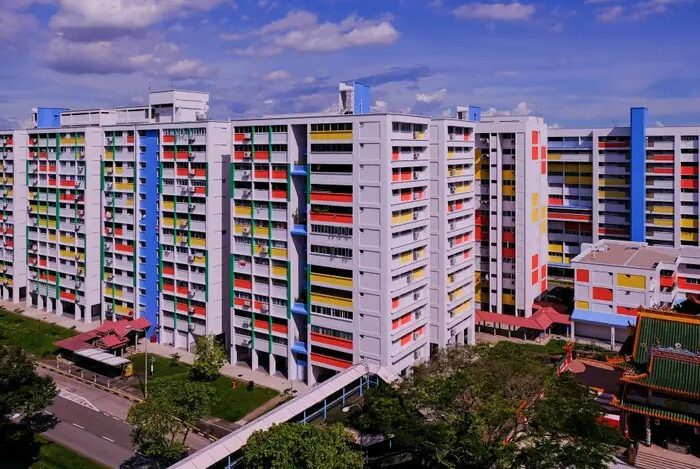Top 5 Emerging Real Estate Investment Opportunities in Singapore for 2025
Singapore, with its stability, robust infrastructure, and strategic location, continues to be a top destination for real estate investors globally. Recent reports from Knight Frank and CBRE highlight that Singapore’s real estate market attracted over SGD 20 billion in foreign investments in 2024, underscoring its appeal as a secure and profitable investment hub.
As we approach 2025, the city-state’s real estate market is set to offer exciting opportunities driven by evolving trends, government initiatives, and economic growth. This guide delves into the top five emerging investment opportunities in Singapore, providing detailed insights, metrics, and comparisons to aid investors in making informed decisions.
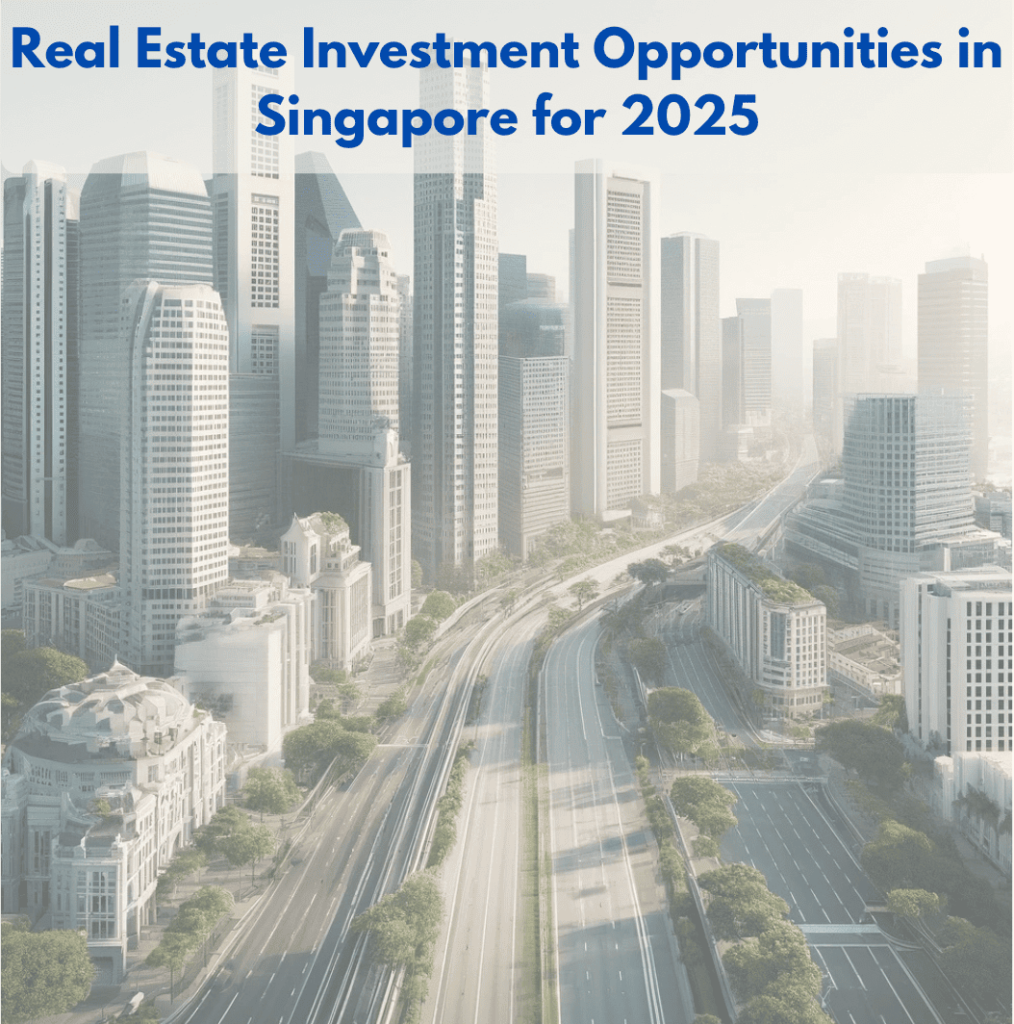
1. Luxury Property Market in the Core Central Region (CCR)
Overview
The luxury property market in Singapore’s Core Central Region (CCR) has consistently attracted high-net-worth individuals (HNWIs) and foreign investors. Key areas like Orchard Road, Marina Bay, and Bukit Timah are known for their high-end condominiums and landed properties with strong investment returns over time
Key Drivers
- Economic Stability: Singapore’s AAA credit rating and stable political environment make it a safe haven for wealth preservation.
- Strong Rental Demand: Expatriates and global professionals drive demand for luxury rentals.
- New Launches: Projects like Klimt Cairnhill and The Atelier are set to redefine luxury living.
Metrics and Comparisons
| Metric | CCR (Luxury Properties) | Rest of Central Region (RCR) | Outside Central Region (OCR) |
| Average Price (PSF) | $2,800 – $5,000 | $2,500 – $2,800 | $2,200 – $2,500 |
| Rental Yield | 2.5% – 3.0% | 3.0% – 3.5% | 3.5% – 4.0% |
| Average Tenant Profile | HNWIs, Expats | Mid-level Professionals | Local Families |
2. Affordable Housing in Strategic Locations
Overview
While luxury properties dominate headlines, affordable housing projects remain a cornerstone of Singapore’s real estate market. Upcoming townships like Tengah and major urban transformation regions like the Woodlands Regional Centre and Punggol Digital District are emerging as attractive options for property buyers and investors.
Key Drivers
- HDB Upgraders : HDB’s Build-To-Order (BTO) flats ensure there is a steady supply of buyers when their HDB hits MOP (Minimum Occupation Period) and these buyers “upgrade” to private property.
- Connectivity: Upcoming MRT lines, such as the Cross Island Line and Thomson East Coast Line, enhance accessibility through areas like Lentor and Tagore.
Metrics and Comparisons
| Area | Average Price (HDB 4-room) | Connectivity (MRT Stations) | Future Developments |
| Tengah | $350,000 – $450,000 | 3 | Tengah Forest Town, EV-ready |
| Punggol | $600 – $750,000 | 4 | Punggol Digital District |
| Woodlands | $500,000 – $700,000 | 5 | Woodlands Regional Centre |
3. Mixed-Use Developments
Overview
Mixed-use developments, which integrate residential, commercial, and recreational spaces, are becoming increasingly popular in Singapore. According to a 2024 survey by Urban Redevelopment Authority (URA), 68% of homebuyers expressed a preference for living in mixed-use developments due to the convenience of having amenities within walking distance. Additionally, studies from CBRE highlight that mixed-use properties have seen a 10% higher occupancy rate compared to standalone residential developments over the past two years. These projects cater to modern lifestyles and offer diversified income streams for investors.
Key Drivers
- Convenience: Residents benefit from proximity to retail and office spaces.
- Urban Planning: Aligns with Singapore’s vision for self-sufficient neighborhoods.
- High Occupancy Rates: Synergy across retail, residential and commercial properties ensures strong footfall and steady demand .
Notable Projects
- The Woodleigh Residences: Combines premium living with a retail mall and integrated transport hub.
- Paya Lebar Quarter (PLQ): A vibrant hub featuring offices, retail, and residences.
Metrics and Comparisons
| Metric | Mixed-Use Developments | Standalone Residential |
| Rental Yield | 3.5% – 4.0% | 2.5% – 3.5% |
| Capital Appreciation | 8% – 12% (10-year avg.) | 6% – 10% (10-year avg.) |
| Tenant Retention Rates | High | Moderate |
4. Industrial and Logistics Properties
Overview
With the rise of e-commerce and global trade, industrial and logistics properties are gaining traction. Recent data from the Urban Redevelopment Authority (URA) shows a 15% year-on-year increase in demand for logistics facilities in 2024, driven largely by e-commerce platforms like Lazada, Shopee, and Amazon. Case studies highlight the success of Jurong Logistics Hub, which achieved 95% occupancy within six months of launch, underscoring the strong demand for modern warehousing solutions. Warehousing and distribution hubs in areas like Jurong and Changi are particularly attractive.
Key Drivers
- E-commerce Growth: The rise of platforms like Lazada and Shopee increases demand for logistics facilities.
- Government Support: Initiatives like the Jurong Innovation District boost industrial activities.
- Strategic Location: Proximity to ports and airports enhances operational efficiency.
Metrics and Comparisons
| Metric | Industrial Properties | Commercial Properties |
| Average Rental Yield | 5.0% – 6.0% | 3.0% – 4.0% |
| Average Lease Tenure | 20 – 30 years | 10 – 15 years |
| Capital Appreciation | Moderate | High |
5. Sustainable and Green Real Estate
Overview
Sustainability is at the forefront of real estate innovation in Singapore. Green-certified buildings and eco-friendly developments are becoming a priority for investors and tenants alike. Notable recent projects include CapitaGreen, which integrates energy-efficient technologies and lush greenery within a central business district skyscraper, and JTC CleanTech Park, Singapore’s first eco-business park that emphasizes sustainability and innovation. Regulations like the Green Mark Certification scheme continue to incentivize developers to adopt green practices, ensuring that Singapore remains a leader in sustainable urban development.
Key Drivers
- Environmental Consciousness: Increasing awareness of climate change drives demand for green properties.
- Cost Savings: Energy-efficient designs reduce operational expenses.
- Government Incentives: Schemes like the Green Mark Certification encourage sustainable practices.
Notable Examples
- CapitaSpring: GreenMark Platinum commercial building at Raffles Place that includes a 3-storey vertical urban jungle in the CBD with green spaces and energy-efficient systems.
- Parkroyal Collection Marina Bay: A luxury hotel with extensive vertical greenery and sustainable design elements.
- Metrics and Comparisons
| Metric | Green Properties | Non-Green Properties |
| Average Price Premium | 5% – 15% | None |
| Operational Cost Savings | 20% – 30% | Minimal |
| Tenant Preference (Survey) | 70% prefer green buildings | 30% indifferent |
The Singapore real estate market in 2025 offers diverse investment opportunities catering to different risk appetites and preferences. From luxury properties in the Core Central Region to emerging affordable housing in strategic locations, the options are vast and promising. Mixed-use developments provide convenience and steady returns, while industrial properties benefit from the e-commerce boom. Additionally, green real estate aligns with global sustainability trends and offers long-term value.
Investors should assess their financial goals, risk tolerance, and market trends before diving in. Singapore’s transparent regulations, coupled with its robust economic fundamentals, make it a haven for real estate investment. With the right strategy and insights, 2025 could be a pivotal year for building wealth in Singapore’s dynamic property market.
Need guidance to navigate Singapore’s real estate landscape? Connect with Dominic Choa for expert advice and tailored investment strategies.

